The best 3D printer design software for beginners includes SketchUp, Blender, and Tinkercad. These software options strike a balance between usability and functionality, making them ideal for users with varying skill levels.
SketchUp is known for its user-friendly interface and versatility, while Blender offers powerful tools for advanced modeling and rendering. Tinkercad, on the other hand, is a web-based software that provides a simple and intuitive platform for beginners to create 3D designs.
Whether you are a novice or have some experience in 3D printing, these software options will help you bring your ideas to life.
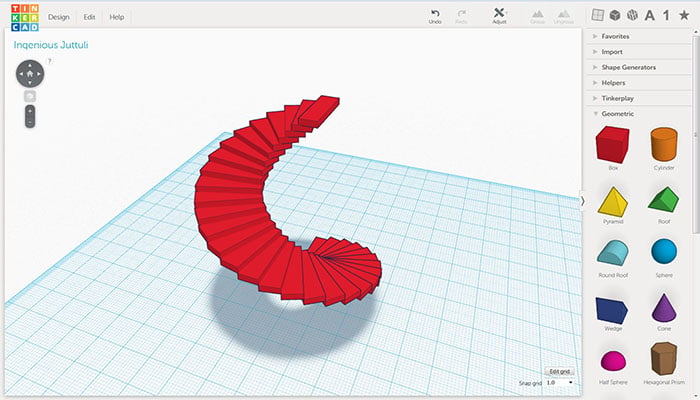
Credit: www.3dnatives.com
Choosing The Right 3d Printer Software
Choosing the right 3D printer software is crucial for beginners as it can significantly impact the overall experience and success of their 3D printing projects. With a plethora of options available, it’s important to consider various factors such as ease of use, compatibility with 3D printers, and the specific needs of the projects.
Ease Of Use For Beginners
When choosing 3D printer software, ease of use is paramount for beginners. Look for software with an intuitive user interface and straightforward navigation. It should offer clear instructions and user-friendly tools to streamline the learning process.
Compatibility With 3d Printers
Compatibility with the chosen 3D printer is essential to ensure seamless integration and optimal performance. It’s important to select software that supports the specific file formats and features required by the 3D printer. Compatibility issues can lead to errors and failed prints, so thorough research is key.
Top Beginner-friendly 3d Design Programs
When it comes to 3D printing, having the right design software can make all the difference, especially for beginners. Here are some top beginner-friendly 3D design programs that can help you get started on your 3D printing journey.
Tinkercad: A User-friendly Introduction
Tinkercad is an excellent choice for beginners due to its user-friendly interface and simple drag-and-drop functionality. This web-based program is perfect for those who are new to 3D design and want to create basic models without a steep learning curve. With Tinkercad, users can quickly grasp the fundamentals of 3D design and start bringing their ideas to life in no time.
Sketchup: Balancing Simplicity And Functionality
SketchUp is another good modeling software because it maintains that balance between usability and functionality, making it ideal for most skill levels. The intuitive nature of SketchUp allows beginners to grasp the basics quickly, while also providing advanced features for those who want to delve deeper into 3D design. With its user-friendly interface and robust capabilities, SketchUp is a popular choice for beginners and experienced designers alike.
Features To Look For In Design Software
Discovering the best 3D printer design software for beginners involves seeking key features such as user-friendly interfaces, robust design tools, and ample learning resources. Look for software like Tinkercad, SketchUp, and Blender that offer intuitive design capabilities to kickstart your 3D printing journey.
When it comes to 3D printer design software for beginners, there are several key features that can make the learning process easier and more enjoyable. Whether you are new to the world of 3D printing or have some experience, it’s important to choose software that provides an intuitive user interface and rich libraries of 3D shapes. These features can greatly enhance your design capabilities and help you bring your creative ideas to life. Let’s explore each of these features in more detail:
Intuitive User Interface
An intuitive user interface is crucial for beginners who are just starting their journey into 3D printing. It should be easy to navigate, with clear menus and icons that allow users to quickly access the necessary tools and features. A clean and organized interface helps to eliminate confusion and allows users to focus on their designs rather than struggling with complex software. Look for software that provides a user-friendly interface, making it easier for beginners to learn and create amazing designs.
Rich Libraries Of 3d Shapes
Having access to a rich library of 3D shapes is essential for beginners who may not have the skills or time to create complex designs from scratch. Look for software that offers a wide range of pre-designed shapes and objects that can be easily customized and incorporated into your projects. These libraries can include basic geometric shapes, intricate models, and even ready-made templates for specific objects or industries. Having a diverse collection of 3D shapes at your fingertips can greatly speed up the design process and help beginners create impressive designs.
In conclusion, when choosing 3D printer design software for beginners, it’s important to prioritize an intuitive user interface and rich libraries of 3D shapes. These features can greatly enhance your design capabilities and make the learning process smoother and more enjoyable. By selecting software that offers these key features, beginners can dive into the world of 3D printing with confidence and create amazing designs right from the start.
Understanding Software Pricing Models
Discovering the right 3D printer design software for beginners involves understanding the various software pricing models available. With options like SketchUp, Tinkercad, and Blender, beginners can explore user-friendly software that suits their needs and budget. Each software offers unique features to support beginners in their 3D printing journey.
When it comes to choosing the best 3D printer design software for beginners, it is important to understand the different pricing models available. This will help you make an informed decision based on your budget and needs. In this section, we will explore the two main aspects of software pricing models: Free vs Paid Options and Subscription vs One-Time Purchase.
Free Vs Paid Options
When considering software for 3D printing, you will come across both free and paid options. Free software is a great choice for beginners who are just starting out and want to experiment with 3D printing without investing a significant amount of money. These free options often provide basic features and functionality, allowing you to create simple designs and get a feel for the software.
On the other hand, paid options offer more advanced features and capabilities, making them suitable for users who require advanced design tools and functionalities. Paid software typically offers better customer support, regular updates, and a more comprehensive set of features. Although you need to pay for these options, they often provide a better user experience and more professional results.
Subscription Vs One-time Purchase
When it comes to paid software, you will encounter two main pricing models: subscription-based and one-time purchase. Subscription-based software requires you to pay a recurring fee, usually on a monthly or yearly basis, to access and use the software. This pricing model offers the advantage of regular updates and support, ensuring that you always have access to the latest features and improvements. However, it can be more expensive in the long run.
On the other hand, one-time purchase software allows you to make a single payment to own the software indefinitely. This pricing model is often more cost-effective for long-term usage, especially if you don’t require frequent updates or additional support. However, it may not offer the same level of ongoing support and updates as subscription-based software.
When deciding between subscription and one-time purchase options, it is essential to consider your long-term needs, budget, and preferences. If you require regular updates and support, a subscription-based model may be the right choice for you. However, if you prefer a more budget-friendly approach and don’t require constant updates, a one-time purchase option might be more suitable.
Community And Support For Beginners
For beginners in 3D printer design, finding a supportive community is crucial. With the right community and support, beginners can access valuable resources and guidance to navigate the best 3D printer design software. This support can help beginners learn and grow in their design journey.
When it comes to learning a new skill, having a supportive community can make all the difference. This is especially true when it comes to 3D printing, where beginners can quickly become overwhelmed by the technical aspects of designing and printing. Fortunately, there are several online communities and resources available to help new users get started.Online Forums And Communities
One of the best ways to get support as a beginner is to join an online forum or community. These groups are often filled with experienced users who are happy to answer questions and offer advice. Some of the most popular 3D printing forums include Reddit’s r/3Dprinting, Tom’s Hardware Forum, and the Prusa Forum.Tutorials And Learning Resources
In addition to online communities, there are also many tutorials and learning resources available for beginners. YouTube is a great place to start, with several channels dedicated to teaching the basics of 3D printing software. Some of the most popular channels include WingMan_Nate, which offers tutorials on Tinkercad and SketchUp, and AnkerMake, which covers Blender. If you prefer written resources, there are several blogs and websites that offer step-by-step guides and tutorials. Some of the best include 3Dnatives, which offers a beginner’s guide to 3D modeling software, and Ultimaker, which has a comprehensive guide to choosing the right 3D printing software. With so many resources available, there has never been a better time to get started with 3D printing. Whether you’re looking for a supportive community or step-by-step tutorials, there are plenty of options available to help you learn and grow as a beginner. So why not dive in and start exploring the world of 3D printing today?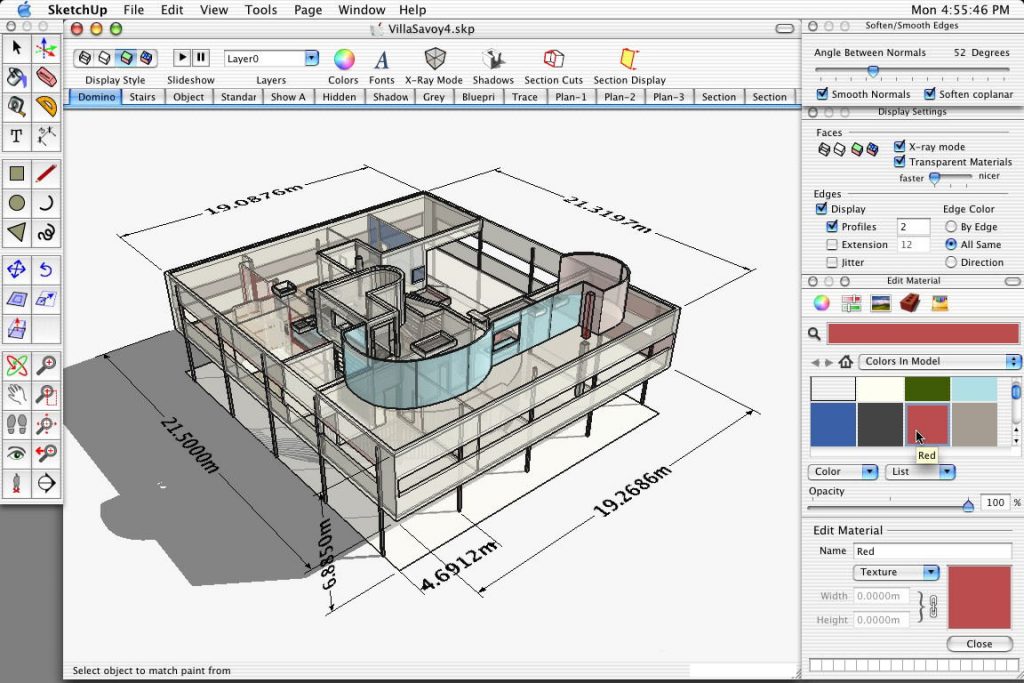
Credit: 3dprinting.com
Exploring Software Extensibility
When it comes to 3D printing, having the right design software can make all the difference. However, even the best software can benefit from additional features and capabilities. That’s where software extensibility comes in, allowing users to expand the functionality of their 3D printing software through add-ons and plugins.
Add-ons And Plugins
Many of the top 3D printer design software options offer add-ons and plugins that can be downloaded and installed to enhance the software’s capabilities. For example, SketchUp offers a wide range of plugins that can add new tools, import/export functionality, and even integrate with other software programs. Blender also offers a variety of add-ons, including ones for texturing, rigging, and animation.
These add-ons and plugins can be a great way to customize your software and make it work better for your specific needs. They can also help you streamline your workflow and save time on repetitive tasks.
Software Updates And Upgrades
Another way to extend your 3D printing software’s capabilities is to keep it up-to-date with the latest software updates and upgrades. Many software programs offer regular updates that can add new features, improve performance, and fix bugs and issues.
For example, Tinkercad regularly releases updates that add new shapes, tools, and features to the software. These updates not only improve the software’s functionality, but also help ensure that it stays compatible with the latest hardware and operating systems.
When choosing a 3D printer design software, it’s important to consider the software’s extensibility and the availability of add-ons, plugins, and updates. By choosing a software that offers these options, you can ensure that your software stays up-to-date and continues to meet your evolving needs.
Software Limitations And Considerations
When it comes to 3D printing, having the right design software is crucial for bringing your ideas to life. However, it’s important to understand the limitations and considerations of the software you choose. In this section, we will discuss the file format support and hardware requirements that beginners should keep in mind when selecting a 3D printer design software.
File Format Support
One of the key considerations when choosing a 3D printer design software is its file format support. Different software may have varying degrees of compatibility with different file formats. It’s important to ensure that the software you choose can handle the file formats you commonly work with.
Here are some popular file formats used in 3D printing:
- STL (Standard Tessellation Language): This is the most widely used file format for 3D printing. It represents the surface geometry of a 3D model using triangular facets.
- OBJ (Wavefront Object): This file format stores both the geometry and texture information of a 3D model, making it suitable for more complex designs.
- STEP (Standard for the Exchange of Product Data): STEP files are commonly used in the engineering and manufacturing industries to exchange 3D design data.
It’s important to check if the software you are considering supports these file formats, as well as any other specific formats you may need for your projects.
Hardware Requirements
Another important consideration when choosing 3D printer design software is the hardware requirements. Different software may have different demands on your computer’s processing power, memory, and graphics capabilities. It’s crucial to ensure that your computer meets the minimum hardware requirements for the software you plan to use.
Here are some common hardware requirements to consider:
| Hardware Component | Minimum Requirements |
|---|---|
| Processor | Dual-core or higher |
| RAM | 8GB or more |
| Graphics Card | OpenGL 2.1 compatible |
| Storage | At least 10GB of free disk space |
It’s important to note that these are general recommendations and the specific hardware requirements may vary depending on the software you choose. Always check the software’s official documentation for the most accurate and up-to-date information.
By considering the file format support and hardware requirements of different 3D printer design software, beginners can make an informed decision and choose a software that best suits their needs and capabilities.
Preparing For Advanced 3d Design
As a beginner in 3D design, it’s important to start with user-friendly software that allows you to grasp the basics and develop your skills. However, as you progress and become more comfortable with the fundamentals, you may feel the need to explore more advanced design techniques. Transitioning from a beginner to an intermediate level requires software that can support your growing skills and provide you with more complex design tools.
Software To Grow With Your Skills
When it comes to preparing for advanced 3D design, it’s crucial to choose software that can grow with your skills. Here are some software options that are suitable for beginners but also offer advanced features to support your journey towards becoming an intermediate designer:
- Blender: Blender is a powerful open-source software that is widely used by professionals and beginners alike. It offers a wide range of advanced features, including modeling, sculpting, animation, and rendering. With Blender, you can take your designs to the next level and explore complex 3D modeling techniques.
- SketchUp: SketchUp is another popular choice for beginners that also caters to more advanced users. It strikes a balance between usability and functionality, making it ideal for those looking to enhance their skills. SketchUp offers a range of tools for 3D modeling, rendering, and animation, allowing you to create intricate designs.
- FreeCAD: FreeCAD is a free and open-source parametric 3D modeling software that is suitable for both beginners and intermediate designers. It provides advanced tools for designing objects with complex geometries, making it a great choice for those who want to take their designs to the next level.
By choosing software that grows with your skills, you can seamlessly transition from beginner to intermediate level in 3D design. These software options offer a range of advanced features and tools that will challenge you to explore new design techniques and push the boundaries of your creativity.
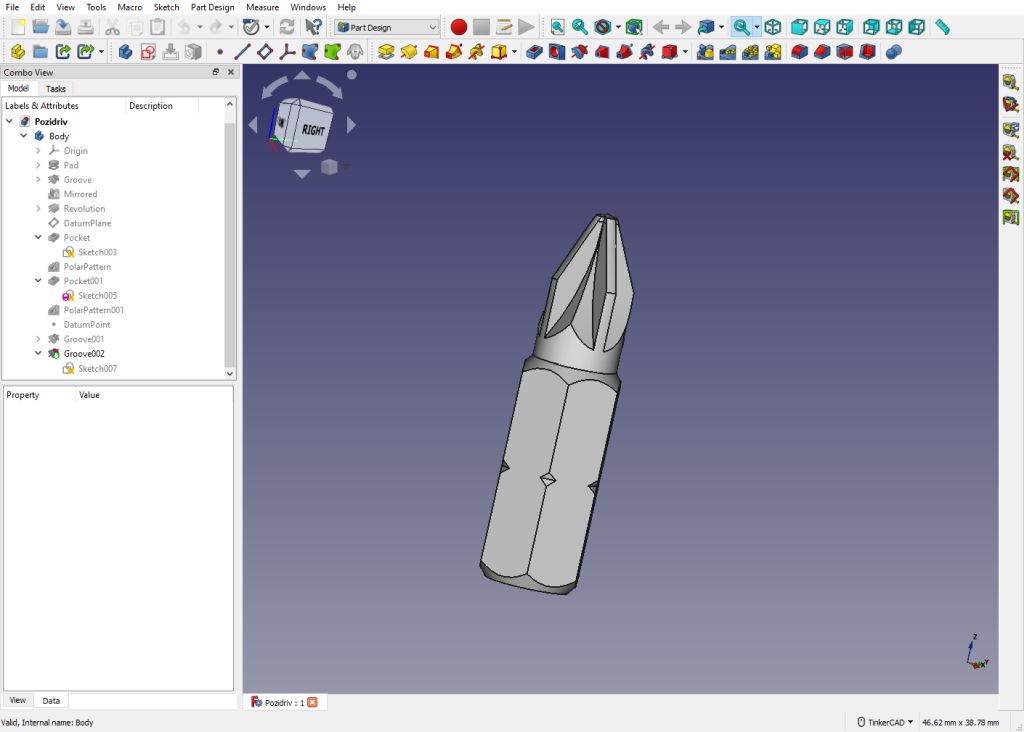
Credit: www.gambody.com
Frequently Asked Questions
What Is The Easiest 3d Modeling Software To Learn?
SketchUp is considered the easiest 3D modeling software to learn due to its user-friendly interface and simple tools. It strikes a balance between usability and functionality, making it suitable for beginners and professionals alike. Other beginner-friendly options include Tinkercad, Blender, and FreeCAD.
What Software Do Most People Use For 3d Printing?
Most people use software such as Blender, SketchUp, and Tinkercad for 3D printing. These programs offer a balance between usability and functionality, making them suitable for beginners and experienced users alike. Other popular options include ZBrush, Autodesk Maya, and Solidworks.
What Software Do You Need To Create A 3d Item That You Want To Print?
To create a 3D item for printing, you can use software like SketchUp, Blender, ZBrush, Autodesk Maya, Solidworks, or Rhino. These programs offer a range of features and are suitable for different skill levels. Tinkercad is also a good option, especially for beginners.
What Software Do You Use For 3d Design?
There are several software options available for 3D design, including SketchUp, Blender, Tinkercad, and FreeCAD. Other popular options include Autodesk Maya, Rhino, and Solidworks. It is important to choose a software that fits your skill level and the type of project you are working on.
Conclusion
To sum up, choosing the right 3D printer design software for beginners is crucial for a successful 3D printing experience. After thorough research and analysis, we have shortlisted the best options available in the market, including Tinkercad, SketchUp, and Blender.
Each software has its own unique features, ease of use, and suitability for different skill levels. We recommend trying out each of them and selecting the one that fits your requirements and preferences. With these software options, beginners can now easily create and print their 3D designs with confidence and ease.

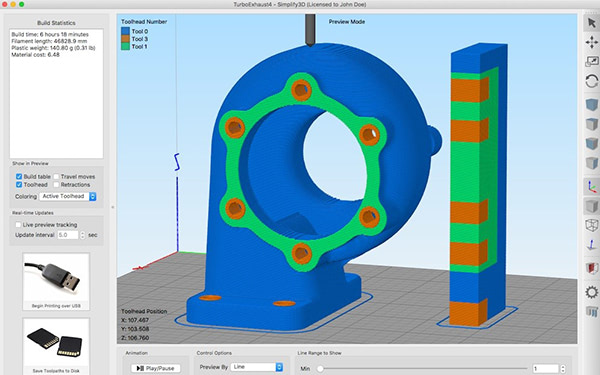
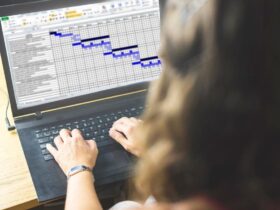

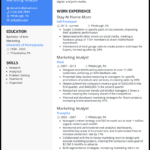





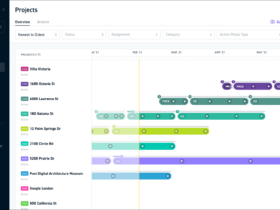
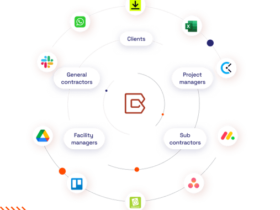
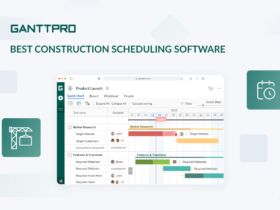
Leave a Reply